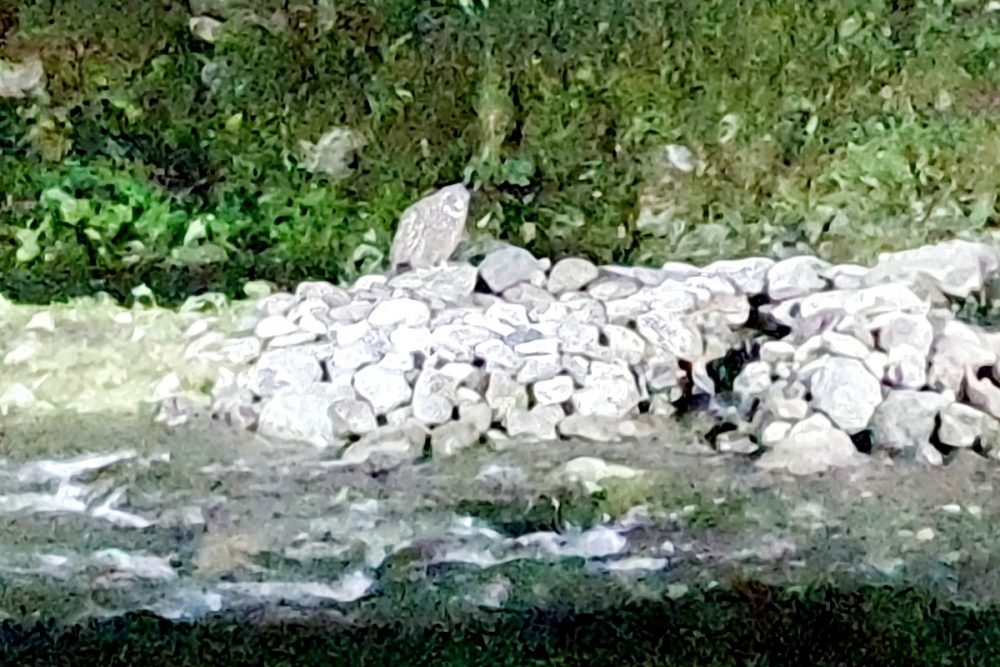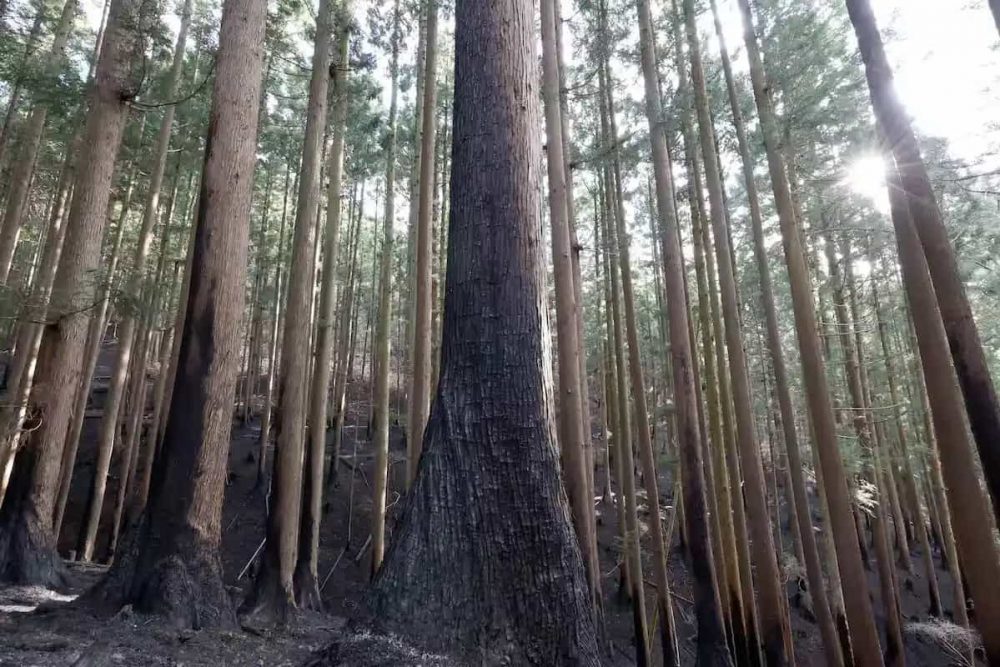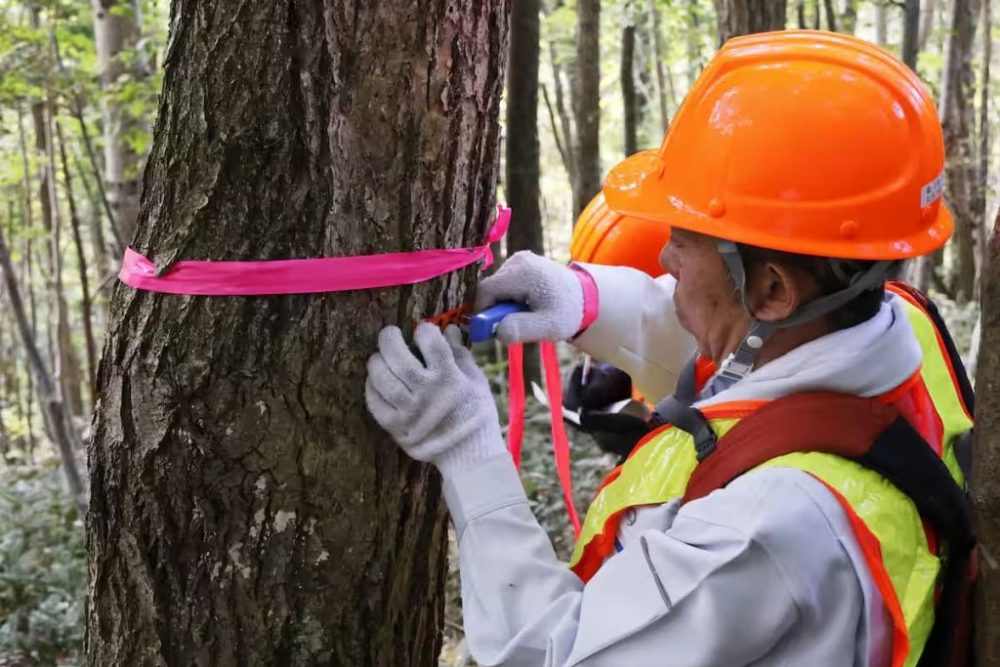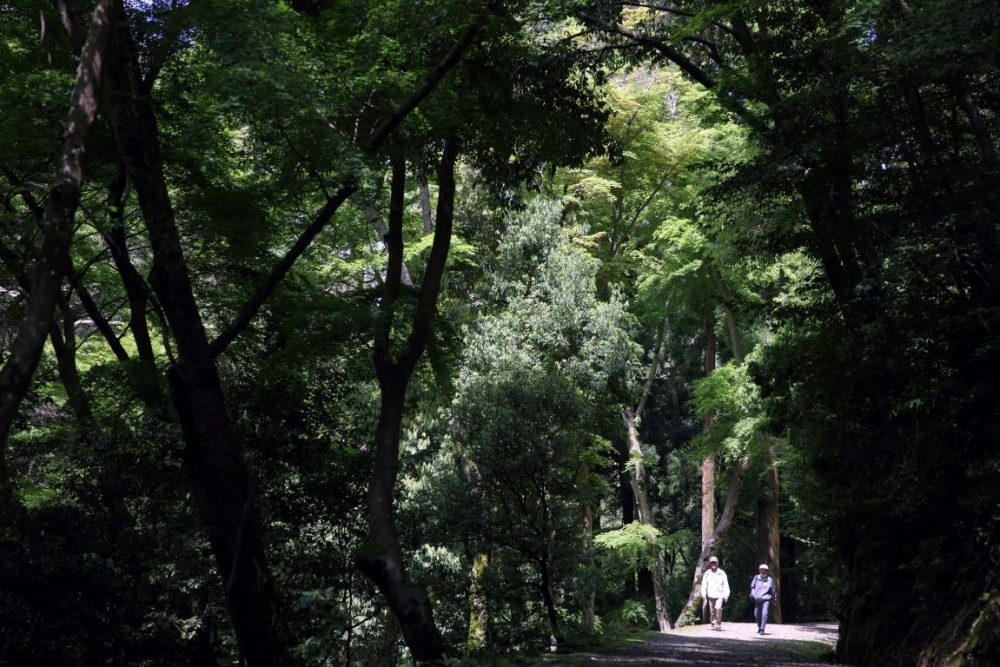Sado Wildlife in Focus | Crested Ibis Chicks Hatch, Heralding New Life
This month's installment of Fumie Oyama's photo series on Sado Island's wildlife presents the crested ibis and its abundant prey in flooded spring rice paddies.

このページを 日本語 で読む
Rice planting season has begun on Sado Island, home to the endangered crested ibis and an area renowned for its delicious rice. In preparation, rice paddies are flooded with water. Unlike in winter, the wet paddies harbor an abundance of small creatures.
On April 30, the hatching of the first two crested ibis chicks of the season was announced. Reports have also been made on several hatchings of chicks in captivity.
Chicks Hatch in the Wild
The paddies filled with water, and I too have been spending my days planting seedlings using a rice planting machine. The physical work of lifting and lowering seedling trays is energizing after a long winter of inactivity.

Amid this busy period for the rice farmer, some good news was announced. On April 30, the Ministry of the Environment's Sado Nature Conservation Office reported the successful hatching of chicks born in the wild again this year.
The chicks' parents are a 10-year-old male and female born in 2014. While the bird couple has been together since 2017, this year marks the first time in four years that chicks have been confirmed.
More Chicks
The Nature Conservation Office also confirmed chicks from other ibis pairs. Three chicks hatched at the Sado Japanese Crested Ibis Conservation Center, and two chicks were born at a ranger station that oversees the reintroduction of birds into the wild. Reports say all checks are thriving.
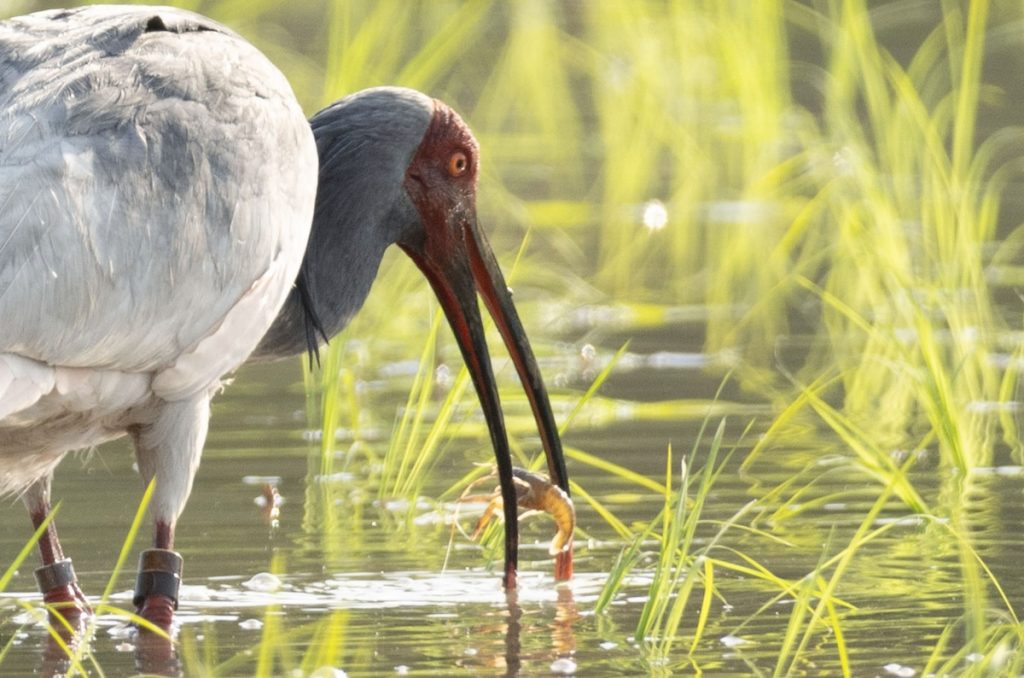
The news of these hatchings and the continued cycle of life is heartening. Hatchings in nature have now gone smoothly for 13 years, showing the program's success.
While I would like to photograph the fluffy chicks to show my readers, I am refraining from doing so until they leave the nest. I want to avoid causing them stress.
Males and Females Share the Work
Crested ibis couples take turns incubating their eggs and feeding their chicks. This season when food is abundant is crucial for the chicks to hatch. It takes about 28 days of careful incubation by the parents for the eggs to hatch.

While some ibis couples quietly raise their chicks, others that could not breed or pair up are beginning to return to the rice fields in groups. Seeing them pecking for food together makes me want to cheer them on for next year.
Upcoming Scheduled Release
The 30th release of crested ibis bred in captivity is scheduled for June 4. This will be a hard release from boxes and will take place in the Onomi district in northern Sado. About 10 of the 17 birds that have been undergoing acclimatization training for release since March will be released.
The remaining seven will be released on June 10 via a soft release. The doors of acclimatization cages are open, allowing the birds to fly out on their own. I will report on the outcome of this release in a future installment.
Click here to read more Sado Wildlife in Focus photo essays by photojournalist Fumie Oyama.
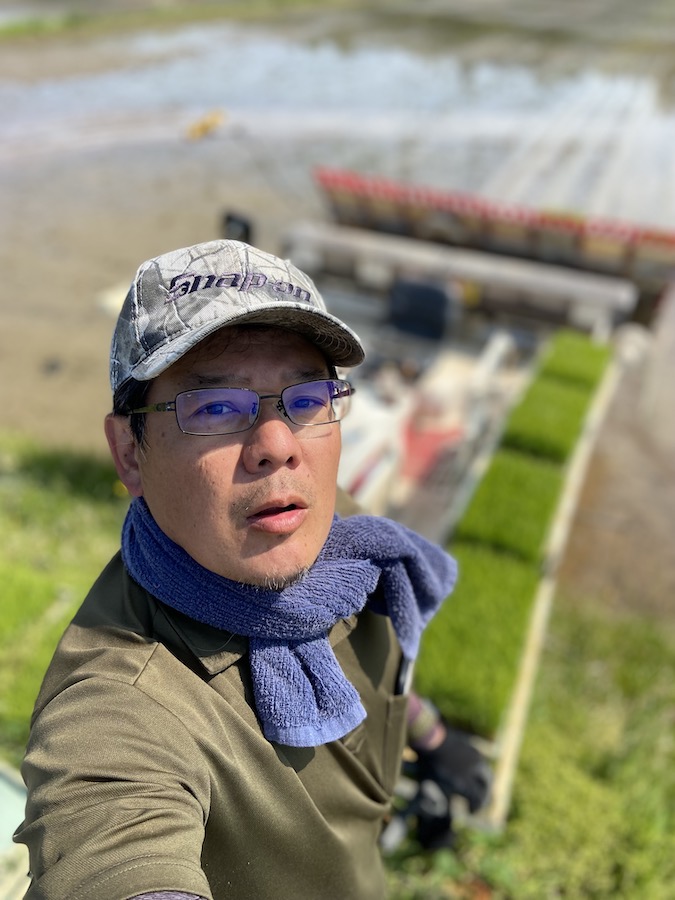
Fumie Oyama is a two-time winner of the Japan Newspaper Publishers & Editors Association Award as a photographer for the Sankei Shimbun. After covering the reintroduction of the crested ibis to the wild for 11 years, Oyama left the company in 2020 to move to Sado Island. There, he continues to photograph the ibis and other wildlife while engaging in farming. He currently promotes the charms of Sado Island as a photojournalist. Follow Fumie Oyama on Instagram.
このページを 日本語 で読む







